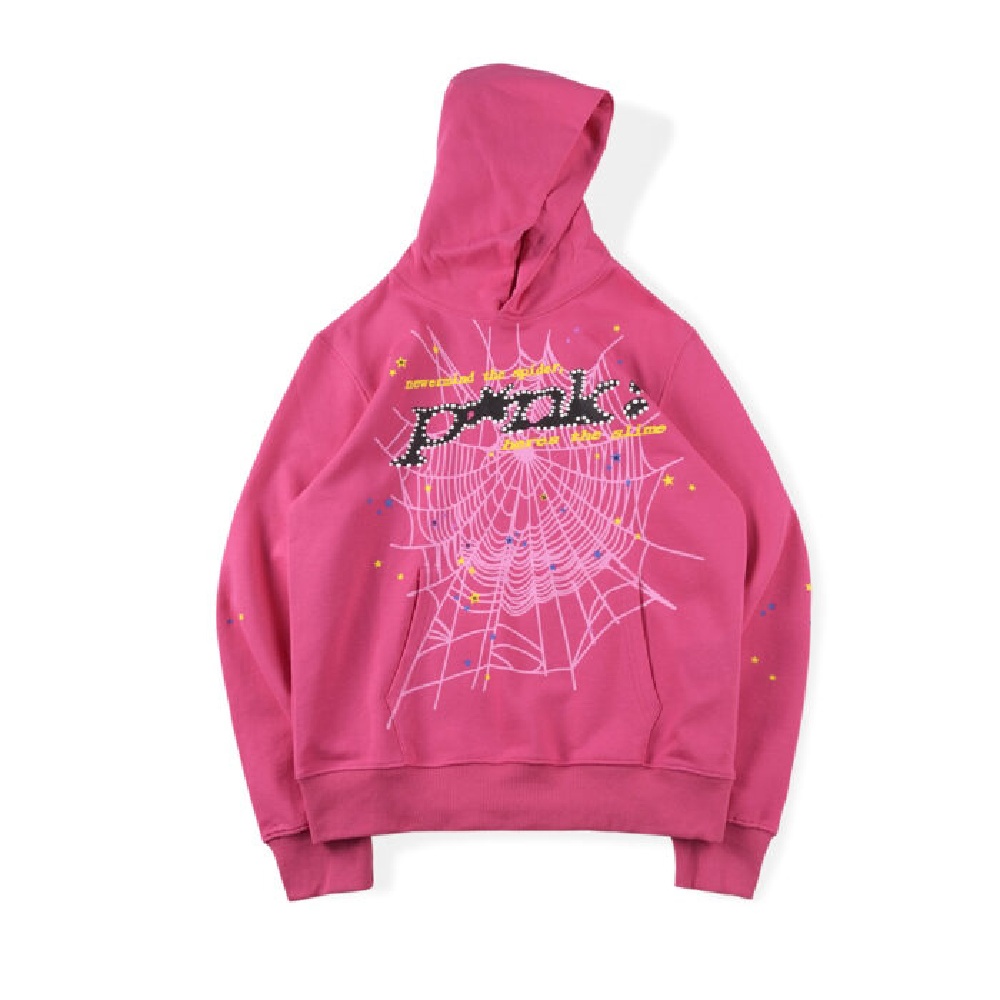Introduction
Gluten-free diets have become increasingly popular, driven by the rising awareness of gluten-related health issues and a growing demand for clean, transparent food labeling. While most people associate gluten with bread, pasta, and baked goods, it can also be found in many unsuspected places – including candy. For individuals with celiac disease, gluten sensitivity, or those simply opting for a gluten-free lifestyle, understanding the science behind gluten-free candy is crucial. This article dives into the ingredients that matter, explores the benefits and challenges of producing gluten-free sweets, and highlights the trends shaping the future of this niche market.
Definition
Gluten-free candy is a type of sweet treat that does not contain gluten, a protein found in wheat, barley, and rye. These candies are made using alternative ingredients to ensure they are safe for individuals with celiac disease, gluten sensitivity, or those following a gluten-free diet. Gluten-free candies can include chocolates, gummies, hard candies, and more, as long as they are produced without gluten-containing ingredients and are not cross-contaminated during manufacturing.
What Is Gluten and Why Does It Matter in Candy?
Natural sources of gluten include wheat, barley, and rye. In many baked items, it is an essential component since it provides dough its elasticity and chewy texture. But gluten can show up in less evident ways in the candy industry.
Candy might contain gluten through:
- Wheat-based ingredients such as wheat flour or wheat starch in chewy candies, wafers, or licorice.
- Malt flavoring derived from barley.
- Cross-contamination during processing in facilities that handle gluten-containing products.
- Modified food starch, which can be derived from wheat unless otherwise specified.
For individuals with celiac disease, consuming even trace amounts of gluten can lead to serious health complications including intestinal damage, malabsorption of nutrients, and immune system responses. This makes accurate labeling and understanding of ingredients essential.
Key Ingredients in Gluten-Free Candy
The foundation of gluten-free candy production lies in selecting safe, naturally gluten-free ingredients and ensuring that the production process avoids contamination. Here are some common ingredients in gluten-free candy:
Sugar and Corn Syrup:
Most candies start with a base of sugar or corn syrup, both of which are naturally gluten-free. They provide the sweetness and texture found in hard candies, gummies, and caramels.
Natural Flavors and Colorings:
When labeled as gluten-free, natural flavors and colorings should not be derived from wheat, barley, or rye. Many manufacturers opt for plant-based or fruit-derived colorants and flavorings that pose no risk to gluten-sensitive consumers.
Gelatin and Pectin:
Gelatin, derived from animal collagen, and pectin, a plant-based alternative, are used as gelling agents in gummies and marshmallows. Both are naturally gluten-free.
Rice Flour or Tapioca Starch:
In candies where a floury or chewy texture is required (such as licorice or wafers), rice flour or tapioca starch serves as a gluten-free alternative to wheat flour.
Chocolates and Cocoa:
Pure chocolate and unsweetened cocoa powder are gluten-free. However, additives like cookie pieces or crispy rice may contain gluten unless specifically noted as gluten-free.
Binding and Stabilizing Agents:
These include the gluten-free thickeners xanthan gum and guar gum, which are utilised in some chewy or filled candies.
Benefits of Gluten-Free Candy
Health and Safety for Gluten-Sensitive Individuals:
The most important benefit is safety for individuals with celiac disease or gluten intolerance. Certified gluten-free candy eliminates the risk of digestive issues, autoimmune reactions, and long-term health complications.
Inclusive Treats for Everyone:
Gluten-free candy ensures that people with dietary restrictions can enjoy sweets alongside their peers without worry, making holidays, parties, and gift-giving more inclusive.
Market Expansion and Accessibility:
Offering gluten-free options allows brands to reach a wider audience and meet the growing demand for allergen-friendly products, improving their competitive edge in the candy industry.
Transparency and Clean Labeling:
The trend toward gluten-free labeling has encouraged brands to be more transparent about their ingredients, which is appreciated by health-conscious consumers beyond those avoiding gluten.
Challenges in Gluten-Free Candy Production
1. Cross-Contamination
Even if all the ingredients are gluten-free, cross-contamination during manufacturing is a major concern. Shared equipment or facilities can lead to trace gluten presence, requiring strict controls, certifications, and dedicated production lines.
2. Ingredient Sourcing
Not all suppliers can guarantee gluten-free ingredients. Finding and maintaining certified gluten-free sources may increase production costs and complicate the supply chain.
3. Taste and Texture Replication
Creating gluten-free alternatives that mimic the taste and mouthfeel of traditional candies is challenging. For example, replacing wheat flour in chewy candies or crispy wafers often requires experimentation with gluten-free starches and gums.
4. Cost and Labeling
Gluten-free ingredients can be more expensive, and acquiring certifications from organizations like the Gluten-Free Certification Organization (GFCO) adds additional costs. Moreover, proper labeling requires adherence to legal standards — in the U.S., products must contain less than 20 ppm (parts per million) of gluten to be labeled gluten-free.
Future Trends in Gluten-Free Candy
Plant-Based and Gluten-Free Convergence:
Plant-based and gluten-free products are becoming more and more popular among consumers. This has led to innovation in vegan candies that also exclude gluten, such as gummies made with pectin and natural fruit flavors.
Alternative Sweeteners and Functional Ingredients:
With growing interest in health and wellness, gluten-free candies made with alternative sweeteners (like stevia or monk fruit) and added functional ingredients (like vitamins, probiotics, or fiber) are gaining traction.
Expansion of Certified Products:
More brands are investing in certification to gain consumer trust. Products with certification as gluten-free offer reassurance and appeal to an increasing number of consumers who are health-conscious.
Personalized Nutrition and Allergen-Free Sweets:
The future may bring more personalized gluten-free candy offerings tailored to individual dietary profiles, including products free from common allergens like dairy, soy, and nuts alongside gluten.
Sustainable Packaging and Ethical Sourcing:
Consumers are also becoming more environmentally conscious. Brands that combine gluten-free formulation with ethical sourcing and sustainable packaging are likely to lead the next wave of innovation.
Growth Rate of Gluten-Free Candy Market
According to Data Bridge Market Research, at a compound annual growth rate (CAGR) of 7.2%, the size of the global gluten-free candy market is projected to increase from its 2024 valuation of USD 145.1 billion to USD 253.06 billion by 2032.
Read More: https://www.databridgemarketresearch.com/reports/global-gluten-free-candy-market
Conclusion
The science behind gluten-free candy is complex, blending food safety, nutrition, chemistry, and consumer preference into a single sweet treat. For manufacturers, developing gluten-free confections requires more than just removing wheat — it involves careful selection of ingredients, diligent manufacturing practices, and a commitment to transparency. For consumers, gluten-free candy provides safe indulgence and a sense of inclusion in everyday joys.


